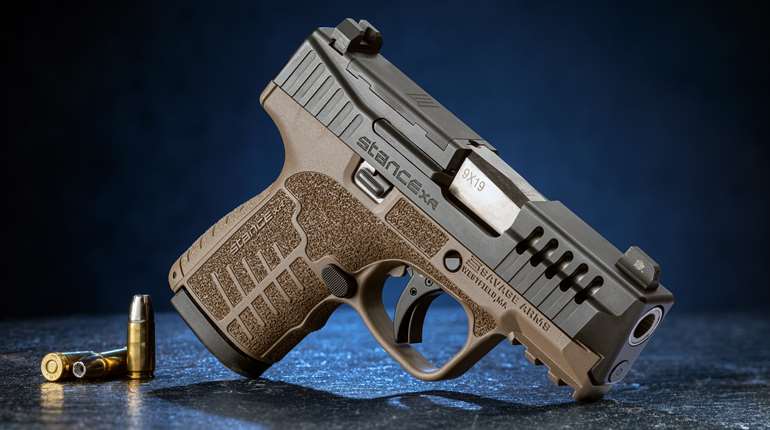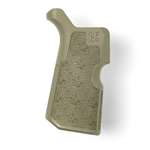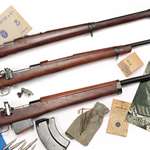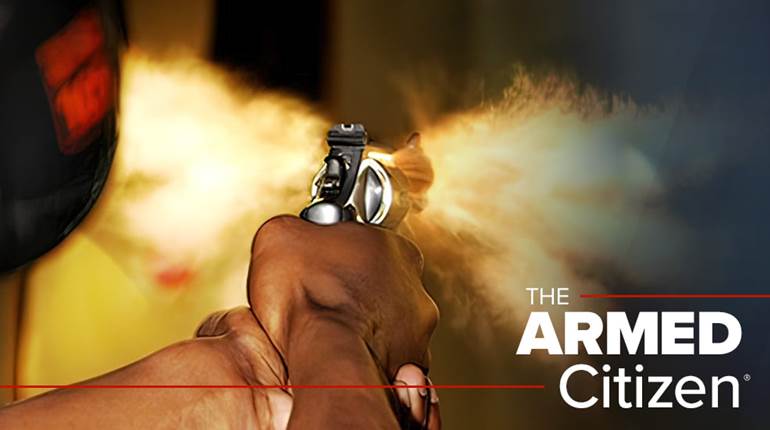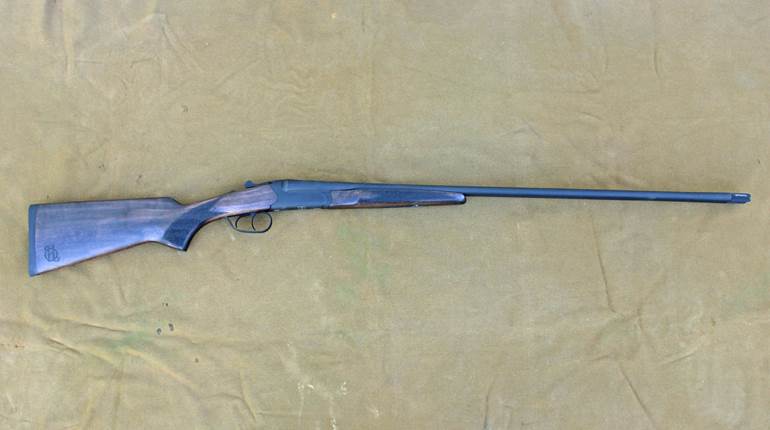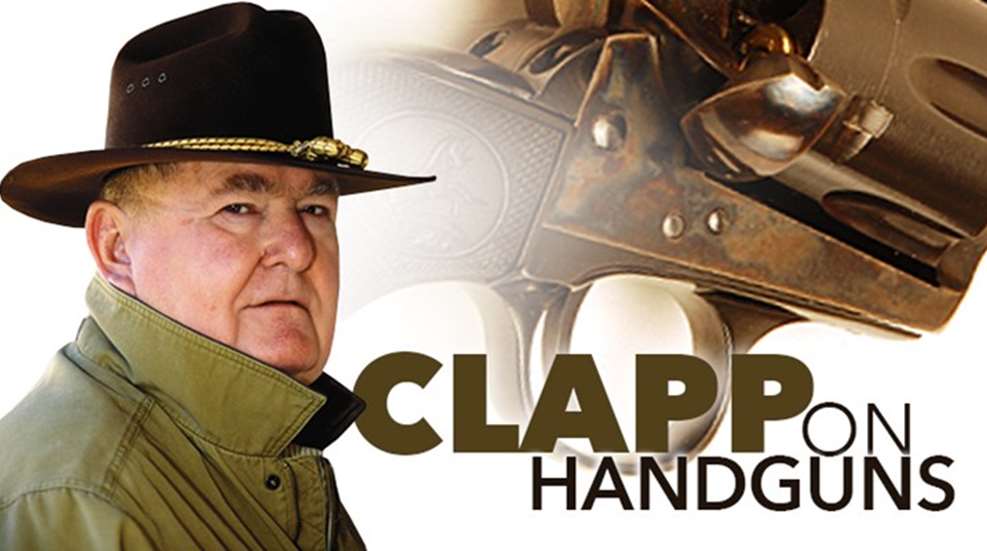
Well, sometimes yes and sometimes no. Everybody loves to shoot on the cheap and not all avid handgunners take the reloading route. At least for now, the supply of center-fire ammo seems to be pretty good. When the supply is good, sellers compete for your dollars and bargains begin to materialize. One note on those bargains—Fred, one of my handgunning buddies and fellow gun show crawlers, has proved that buying in quantity is one of the least-recognized buying strategies. If the seller has the stuff in quantity, you can often negotiate an attractive bulk price. But even attractively priced bulk ammo is no bargain if the product is no good. For that reason, I would never buy ammo unless it is clearly identified as to point of origin. The stuff in crude wooden crates and unmarked cardboard boxes makes me very suspicious. Invariably, this non-name brand stuff comes from a locale they haven’t yet zip-coded—overseas. On the other hand, I once got into a brand of Brazilian pistol ammo that shot right along with the best of our domestic stuff.
There is one type of domestic ammunition that is a genuine bargain in every sense of the word. Several of our major makers offer economy loads in plain packaging. This is stuff like Winchester Q-loads, Remington’s UMC or Federal American Eagle. They also have a glossier looking box of “real” Winchester, Remington or Federal. Let’s say the load is a 115-grain JHP in 9 mm. You can get the fancy box 115-gr. stuff, as well as an economy version. The two different loads look suspiciously alike. That’s because they are.
The maker has a market for economy priced 115-gr. JHP 9 mm ammo, as well as 115-gr. JHP high-performance ammo. He has a production line set up to load the latter, using the same brass, primer, powder and bullet as with the former. When he is making economy, he just stops before the last two steps are performed. Those two steps are concerned with the appearance of the ammo and not its performance. It isn’t quite as pretty, but it works the same. I know because I once ran a shooting test of all available 9 mm ammunition—that’s right, all of it—shooting 20-shot groups with a Beretta 92 in the Ransom Rest. Federal made a 123-gr. FMJ in those days, along with a 123-gr. FMJ American Eagle. That latter load actually outshot the more expensive Federal by a small fraction of an inch. Know your ammo and watch for deals.















